Ersatz interiors: Matthew Darbyshire’s ’An Exhibiton for Modern Living’
Matthew Darbyshire's 'An Exhibition for Modern Living' – which opened last week at the Manchester Art Gallery – borrows its name from a modern-design show at the Detroit Institute of Art back in 1949, a highly optimistic time when the city had America’s highest median income. The city is now, of course, broke – ruined from a combination of globalisation, inefficiency and its own hubris. And Darbyshire’s room sets of modern furniture and ersatz graffiti – Jacobsen chairs at centre – might as well be in the Next catalogue. How times have changed.
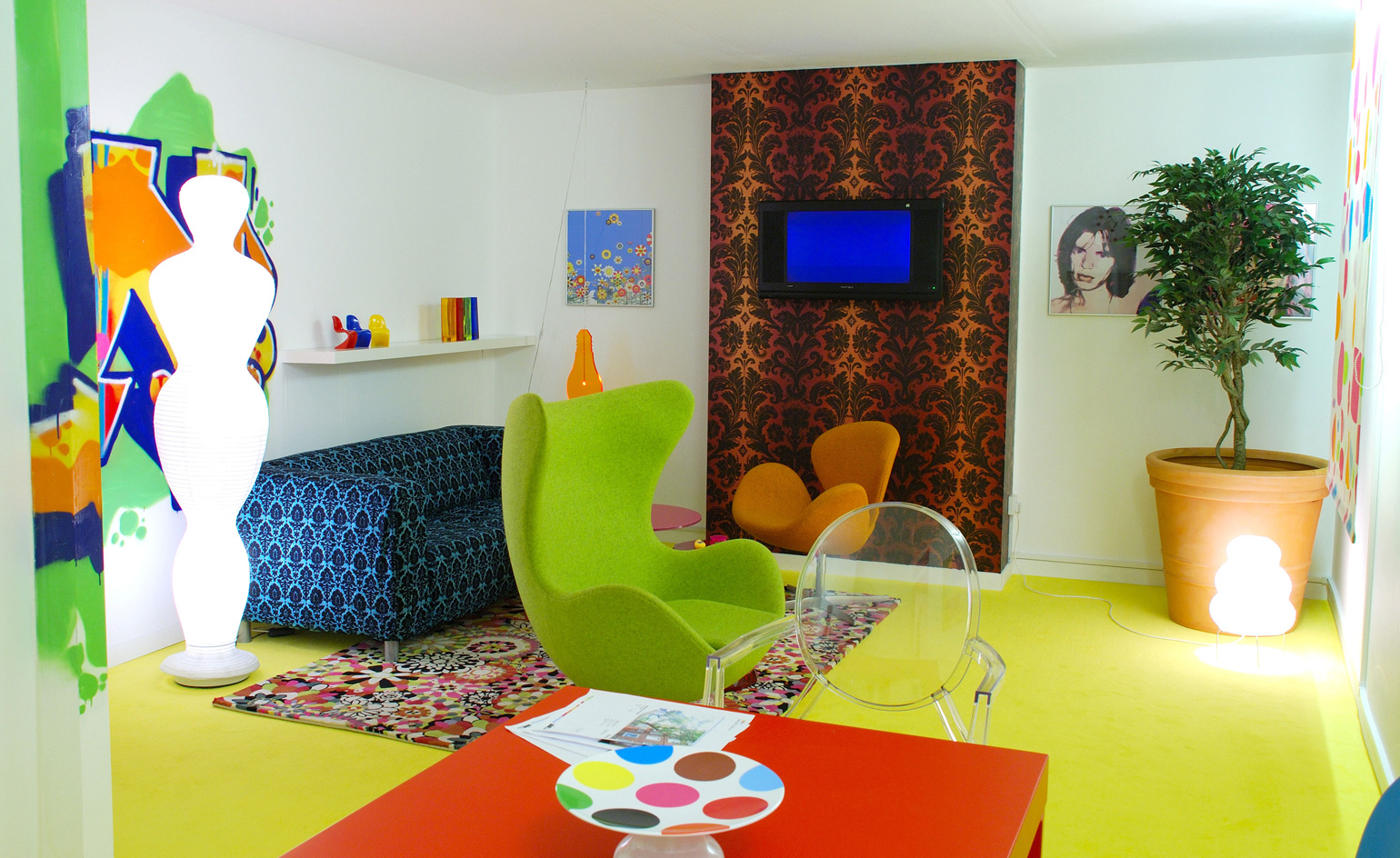
McDonalds has never looked so appealing to me than in 2007, when, exhausted from traipsing around north London, I remembered the US chain had just rolled out its experimental redesign. I hadn’t eaten in 16 hours, and a cherry-red as-yet-unstained Arne Jacobsen Egg chair from Fritz Hansen (or not, as it were) sat unoccupied in the window. I settled in, inhaled a super-sized fries in front of half the neighbourhood’s commuters and thought to myself: you sucker.
While that is not exactly the message Matthew Darbyshire is sending out this week from his new retrospective 'An Exhibition for Modern Living', at the Manchester Art Gallery, the image of fast food winning over consumers with ‘curated’ interiors in fashionable London reflected a curious overlap in taste, class and accessibility that hasn’t been lost on the artist.
The exhibition borrows its name from a modern-design show at the Detroit Institute of Art back in 1949, a highly optimistic time when the city had America’s highest median income. The city is now, of course, broke – ruined from a combination of globalisation, inefficiency and its own hubris. And Darbyshire’s room sets of modern furniture and ersatz graffiti – Jacobsen chairs at centre – might as well be in the Next catalogue. How times have changed.
Next we are treated to a collection of hand-carved wood artifacts – drinking implements, abacus tribal figures – borrowed from the museum’s archives. Only they’re displayed in a room fully kitted out in synthetic oak that was transported, floor and all, from the show room of an Olympic Village residential building. Their new setting gives them a look that’s less museum-quality than ‘cigar-store indian’.
I like that Darbyshire opened his show smack in the middle of the London Design Festival, like the Greek chorus looking down from the North with cryptic dialogue about how we revere, consume, reproduce and ascribe quality to stuff. His most impressive new work is a 3D-printed polycarbonate figure of the Doryphoros of Polykleitos, a copy of a marble that’s been copied over and over since pre-modern times. It has a fuzzy, holographic appearance from afar but from up close almost disappears on account of the suspended layers of plastic – like a trompe l’oeil sculpture that comes together only when you view it from a certain point.
It’s not meant to put the other work to shame but in some ways the disappearing man appears the most substantial of all.
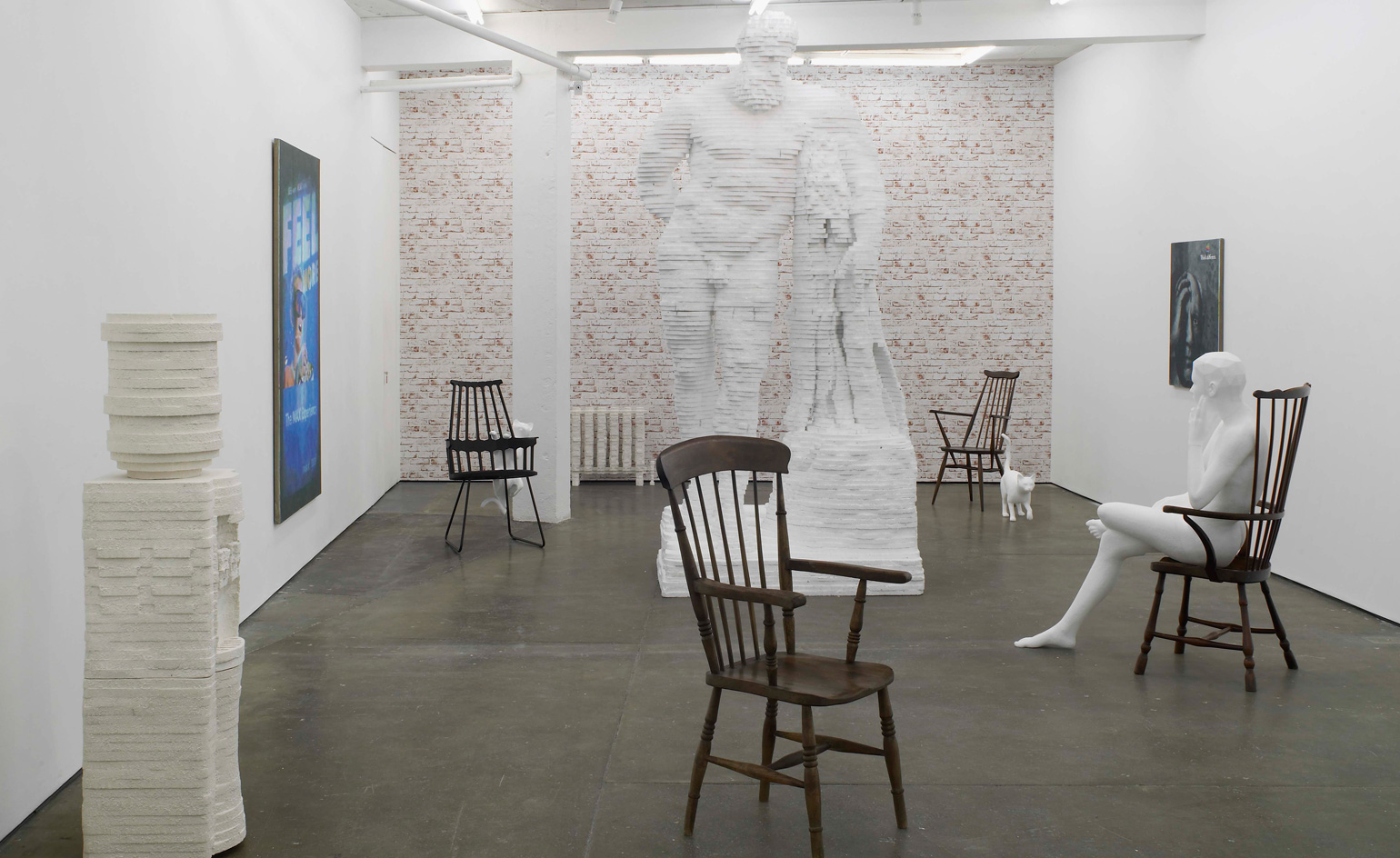
The exhibition borrows its name from a modern-design show at the Detroit Institute of Art back in 1949, a highly optimistic time when the city had America’s highest median income. The city is now, of course, broke – ruined from a combination of globalisation, inefficiency and its own hubris; it's an unfortunate parallel to Darbyshire's own work. Pictured: Bureau, Herald Street, 2014.
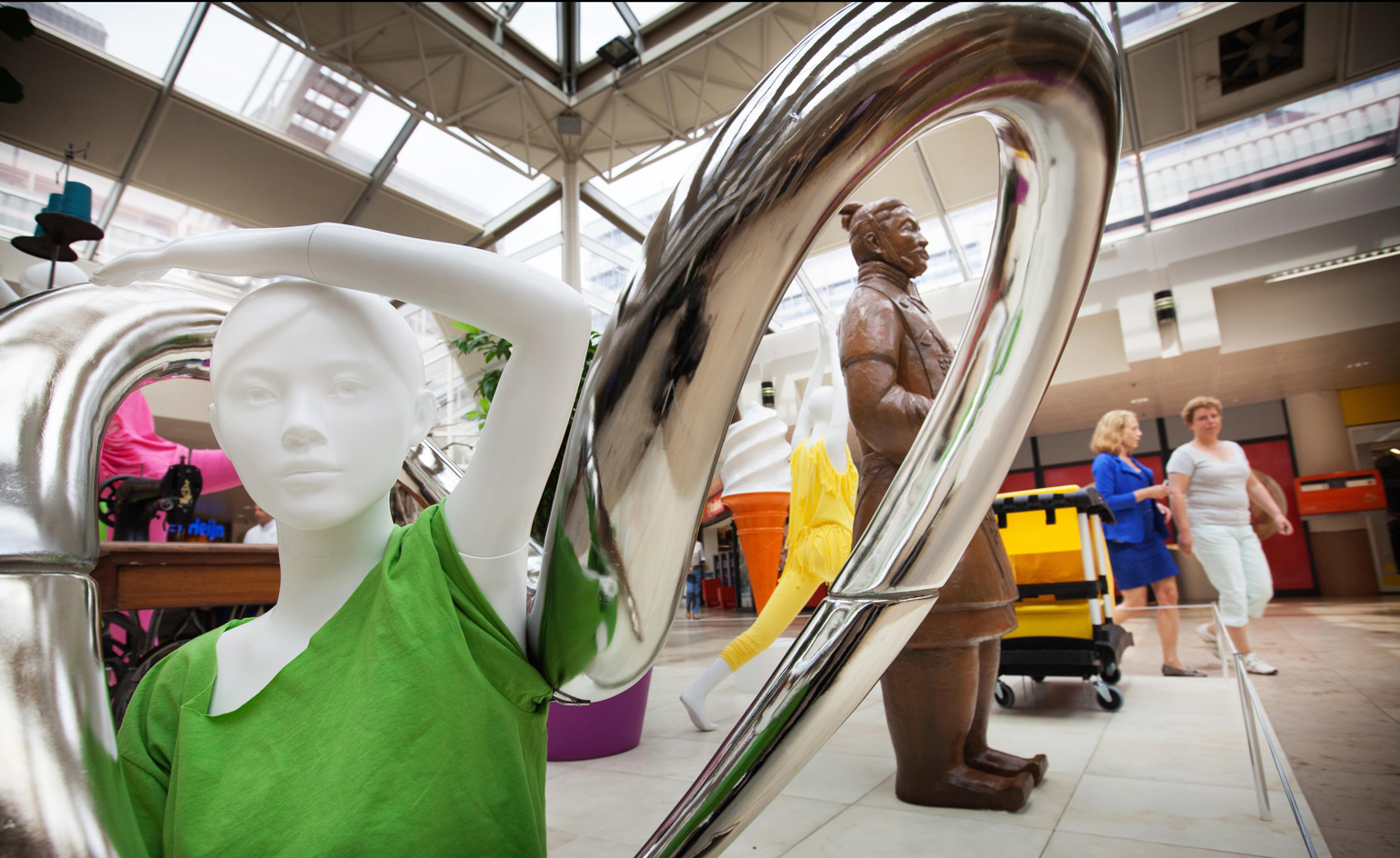
Darbyshire opened his show smack in the middle of the London Design Festival, like the Greek chorus looking down from the North with cryptic dialogue about how we revere, consume, reproduce and ascribe quality to stuff. Pictured: IP, Hoog Catherijne, Utrecht, 2013. Courtesy Hoog Catherijne, Utrecht
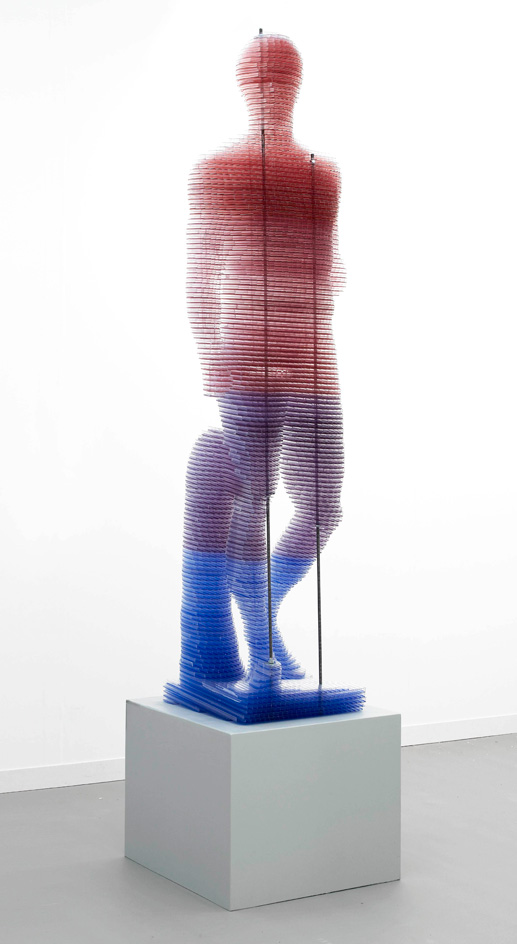
His most impressive new work is a 3D-printed polycarbonate figure of the Doryphoros of Polykleitos, a copy of a marble that’s been copied over and over since pre-modern times. Pictured: CAPTCHA, 2015.
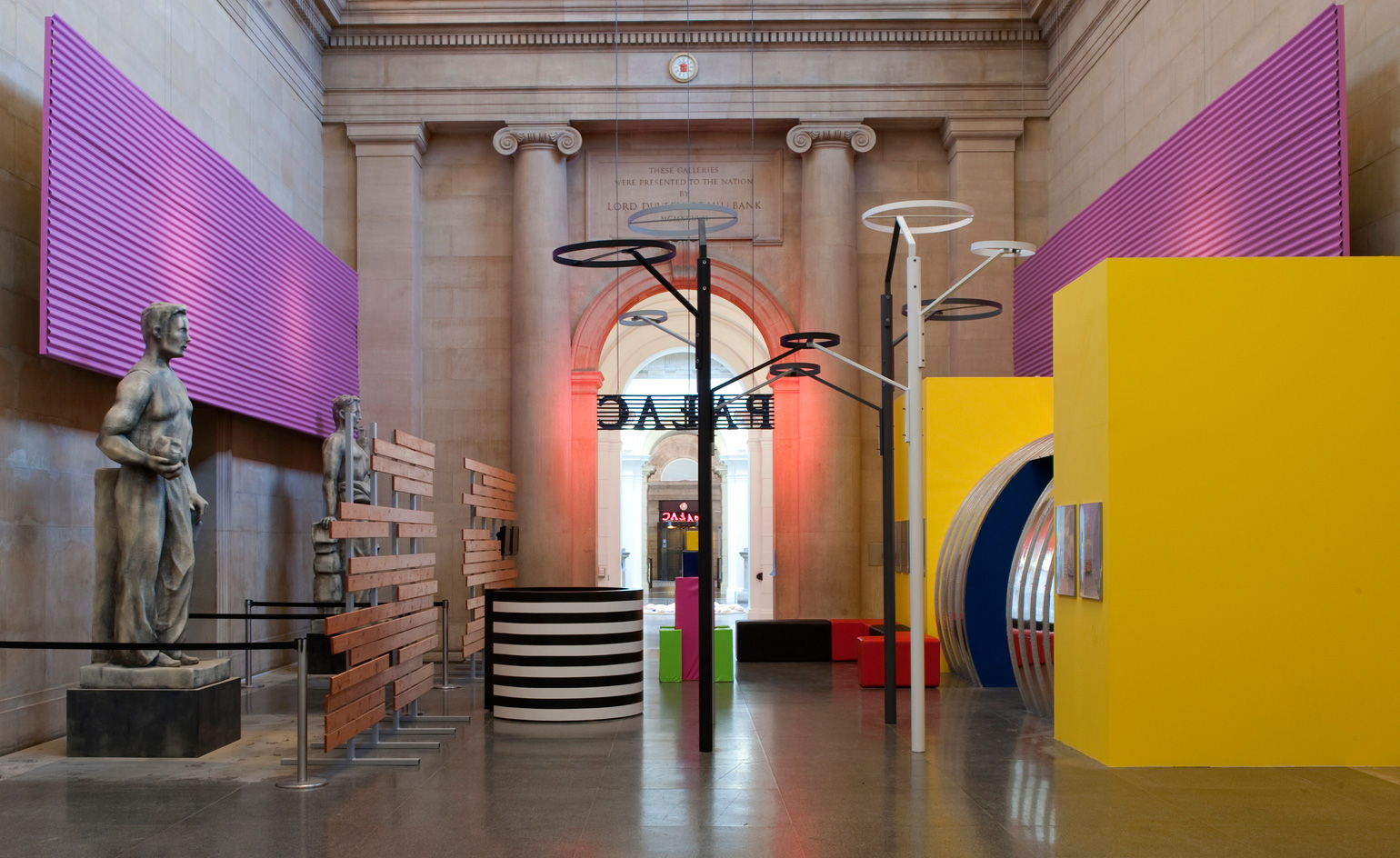
It’s not meant to put the other work to shame but in some ways the disappearing man appears the most substantial of all. Pictured: Palac, Tate Britain, 2008.
INFORMATION
Matthew Darbyshire’s ’An Exhibition for Modern Living’ is on view until 10 January 2016
ADDRESS
Manchester Art Gallery
Mosley Street
Manchester, M2 3JL
Wallpaper* Newsletter
Receive our daily digest of inspiration, escapism and design stories from around the world direct to your inbox.
Based in London, Ellen Himelfarb travels widely for her reports on architecture and design. Her words appear in The Times, The Telegraph, The World of Interiors, and The Globe and Mail in her native Canada. She has worked with Wallpaper* since 2006.
-
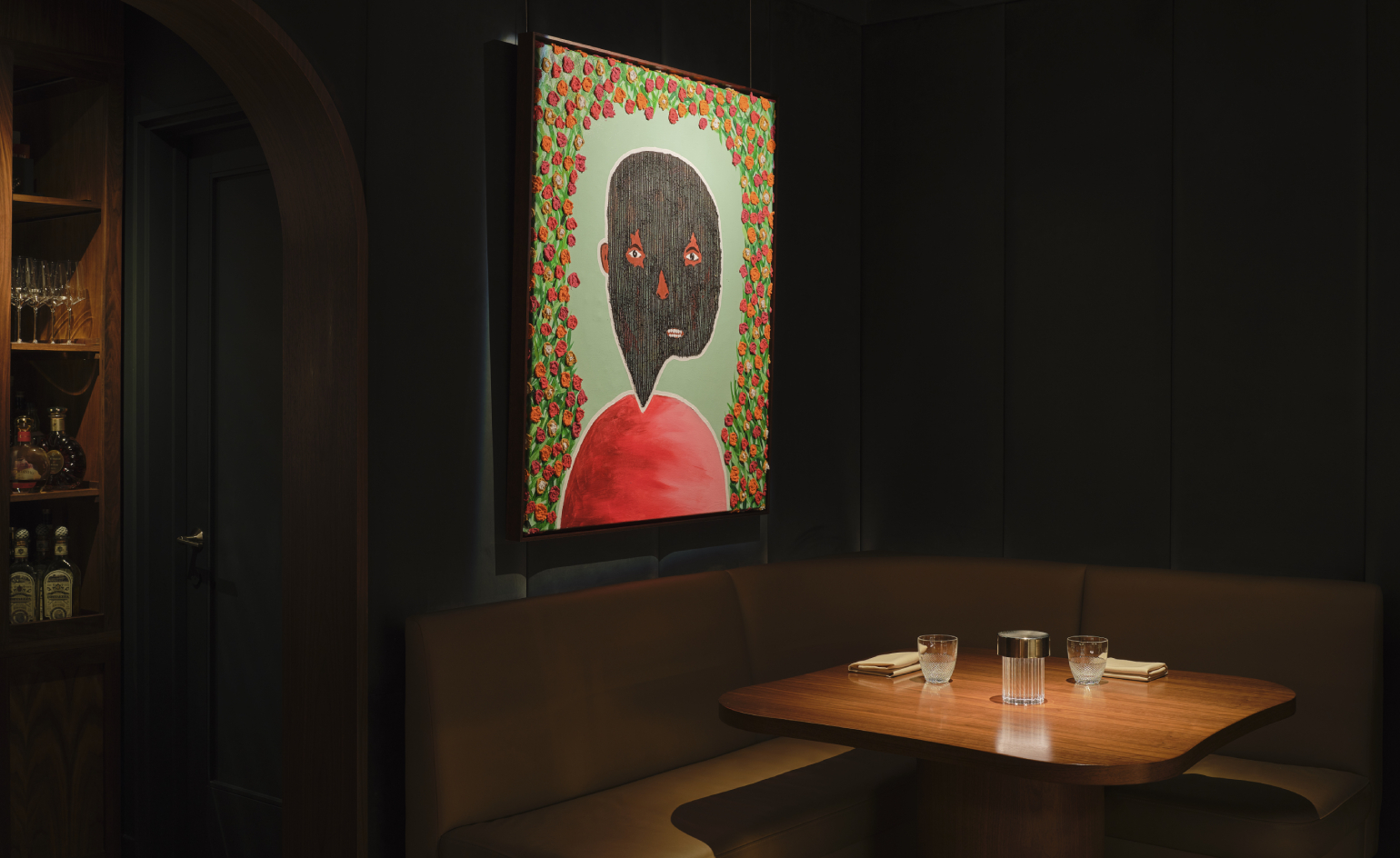 Visit this Michelin-star New York restaurant that doubles as an art gallery
Visit this Michelin-star New York restaurant that doubles as an art galleryArtist Mr.StarCity is exhibiting his emotionally charged yet optimistic ‘Bloomers’ portrait series at Frevo, a Greenwich Village hidden haunt
By Adrian Madlener
-
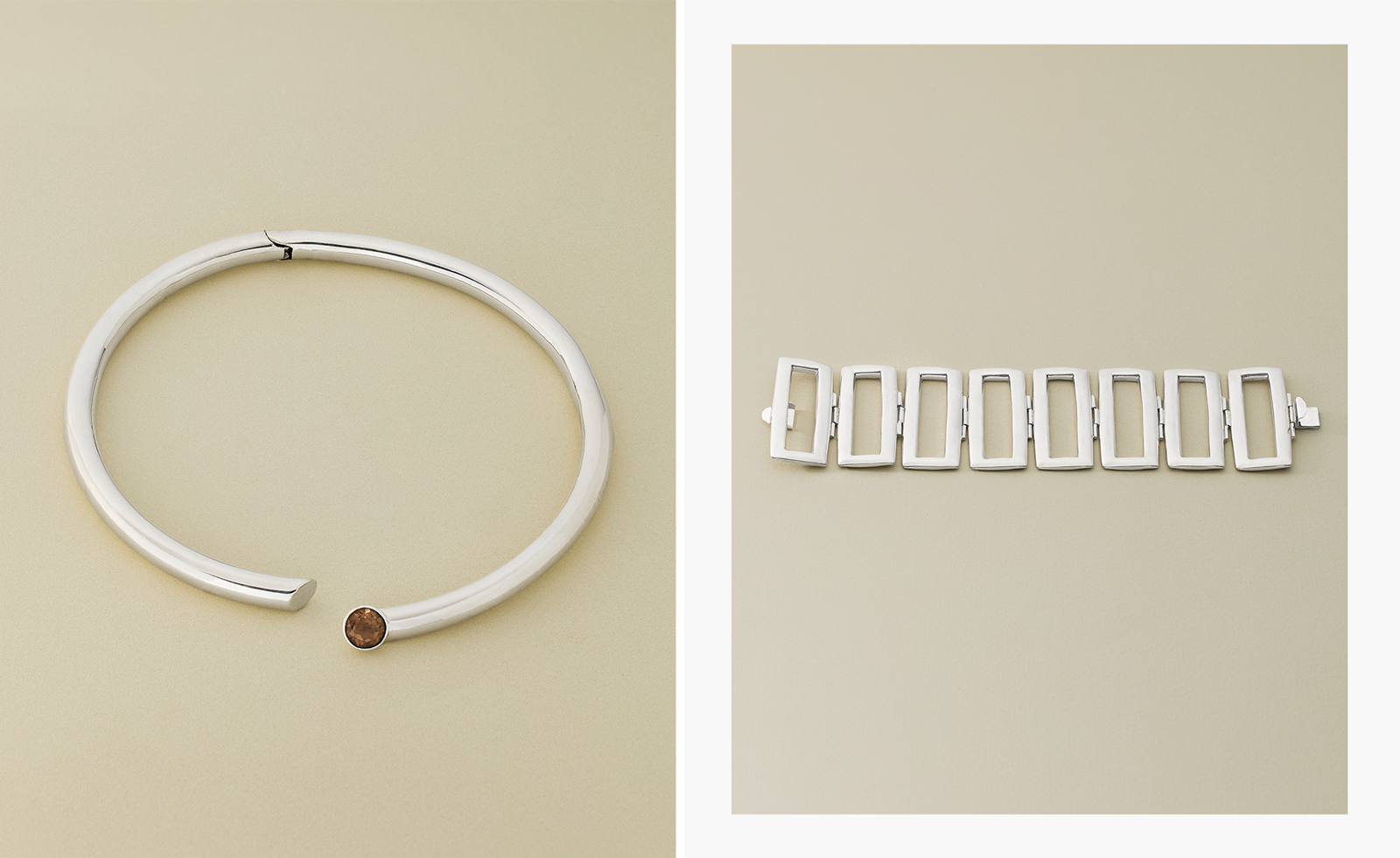 Nina Runsdorf brings classic jewellery back to life to mark 20 years
Nina Runsdorf brings classic jewellery back to life to mark 20 yearsNew York-based jewellery designer Nina Runsdorf celebrates her eponymous brand’s anniversary with a new jewellery collection, ‘Archive’
By Hannah Silver
-
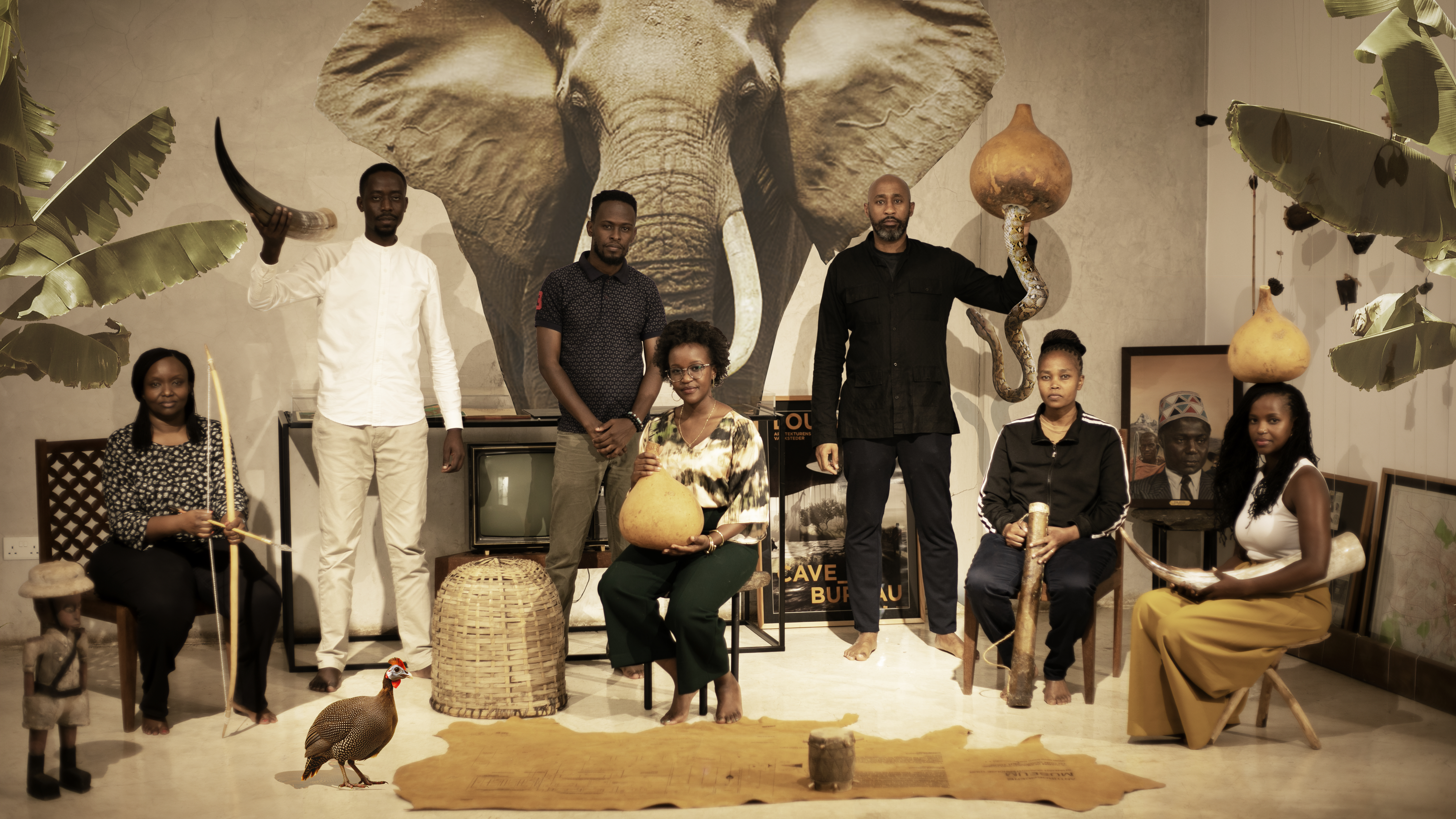 Enter the world of Cave Bureau, and its architectural and geological explorations
Enter the world of Cave Bureau, and its architectural and geological explorationsNairobi practice Cave Bureau explores architecture’s role in the geological afterlives of colonialism, as part of a team exhibiting at the British pavilion at the Venice Architecture Biennale 2025
By Marwa El Mubark